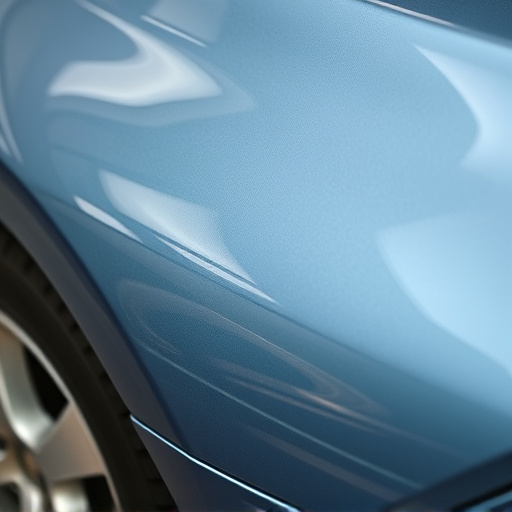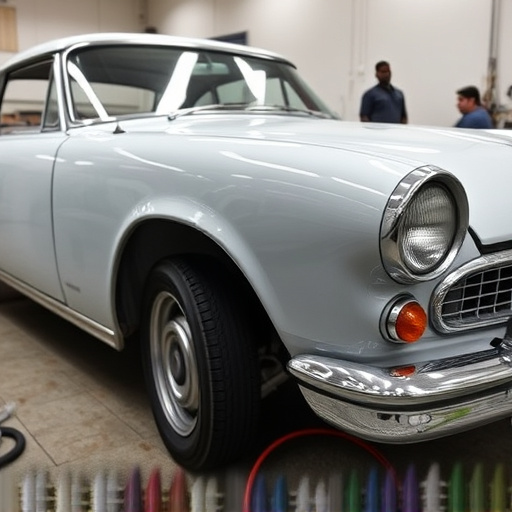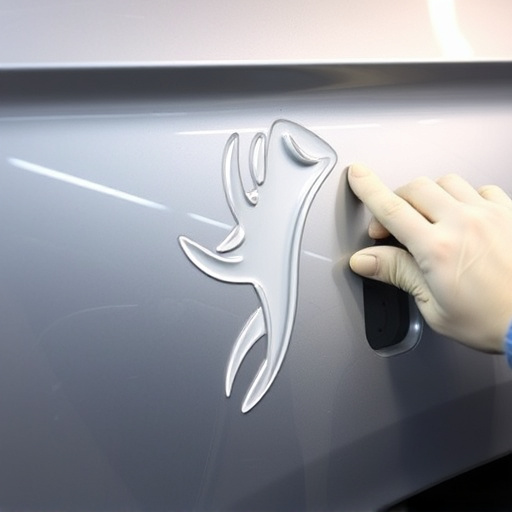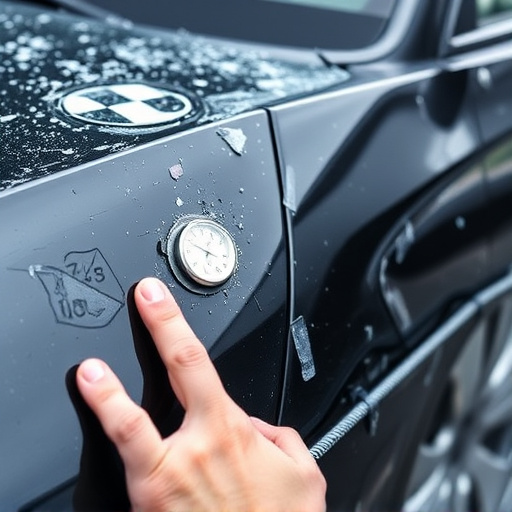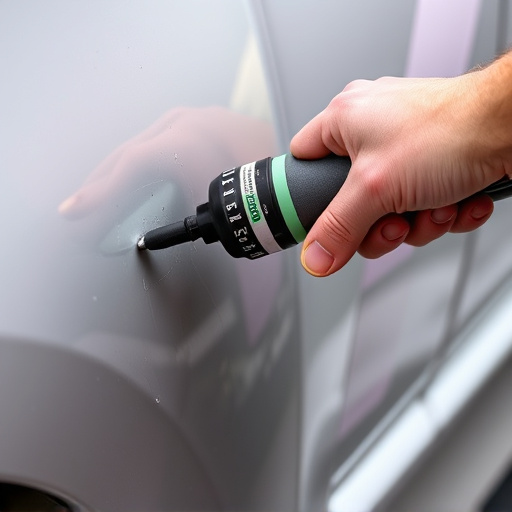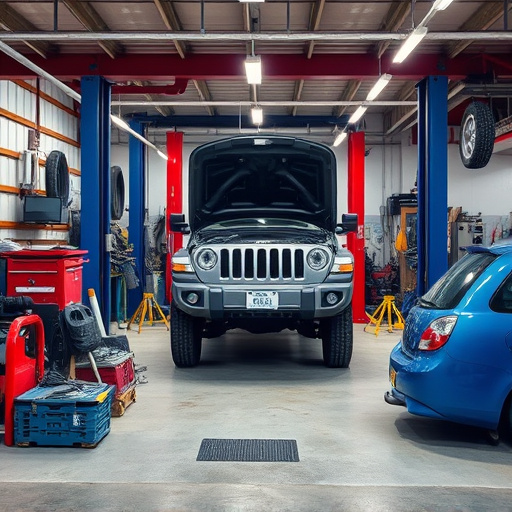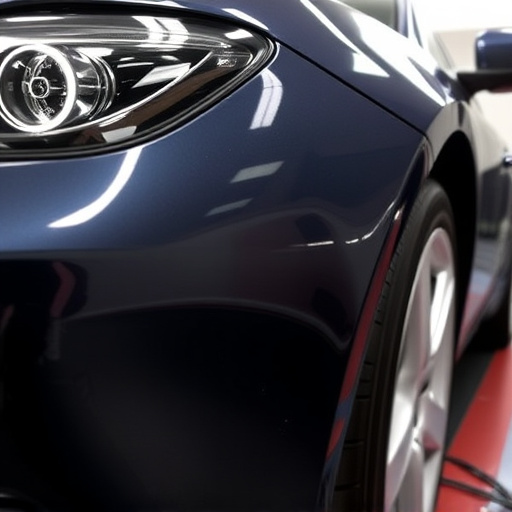Mercedes THERMOTRONIC repair emphasizes the critical role of the air quality sensor in maintaining cabin comfort. Malfunctions can cause efficiency issues, passenger discomfort, and potential damage. Diagnosing these issues through power checks, error code scans, and reference data is key. Effective repair involves ensuring vehicle safety, using diagnostic tools, inspecting/replacing sensors, testing, and regular maintenance to preserve system integrity and vehicle value.
Struggling with a malfunctioning Mercedes THERMOTRONIC system? This comprehensive guide is your go-to resource for repairing your vehicle’s air quality sensor. The THERMOTRONIC system plays a crucial role in maintaining optimal cabin air quality, and a failed air quality sensor can lead to serious issues. Understanding the system, diagnosing the problem, and following a structured repair process are essential steps to ensure a successful fix. Let’s dive into the details to restore your Mercedes’ clean air circulation.
- Understanding Mercedes THERMOTRONIC System Failure
- Diagnosing Air Quality Sensor Malfunction
- Step-by-Step Guide to Efficient Repair
Understanding Mercedes THERMOTRONIC System Failure

The Mercedes THERMOTRONIC system is a sophisticated climate control mechanism designed to maintain optimal cabin comfort. Its failure, often due to air quality sensor malfunction, can lead to a host of issues. When the sensor fails, the system may struggle to accurately gauge indoor air quality, resulting in inefficient heating or cooling processes. This not only affects passenger comfort but can also waste energy and impact vehicle performance.
A thorough understanding of how this system operates is crucial for effective Mercedes THERMOTRONIC repair. The air quality sensor plays a vital role in monitoring factors like temperature, humidity, and contaminant levels. A faulty sensor can cause the system to overcorrect or undercorrect, leading to problems such as excessive dust or mold growth, uncomfortable temperatures, or even damage to other components. Therefore, when addressing a THERMOTRONIC malfunction, auto experts should focus on both the sensor and its related mechanisms for a comprehensive fix. Remember that prompt action can prevent smaller issues from escalating into more costly repairs, similar to how a quick car scratch repair can preserve your vehicle’s aesthetics.
Diagnosing Air Quality Sensor Malfunction

Diagnosing a malfunction in the air quality sensor is a crucial step before attempting any Mercedes THERMOTRONIC repair. This sensor plays a vital role in maintaining optimal cabin air quality, regulating temperature, and ensuring passenger comfort. When it fails, symptoms like unusual odors, poor ventilation, or inefficient climate control may arise. Mechanics often start by checking for power and ground connections, as loose or damaged wires can cause false readings.
Advanced diagnostic tools are then employed to scan the sensor for error codes or anomalies. It’s important to note that while some issues might be self-evident, such as physical damage or a faulty connection, others may require further investigation. Comparisons with known working sensors or reference data can help pinpoint the problem, ensuring accurate diagnosis and effective Mercedes THERMOTRONIC repair, much like how car dent removal specialists use their expertise to restore damaged vehicles to their original condition after an accident, or even professional car paint services for a perfect finish.
Step-by-Step Guide to Efficient Repair

Repairs for Mercedes THERMOTRONIC systems after an air quality sensor malfunction require a systematic approach to ensure optimal performance and maintain the luxury vehicle’s integrity. Here’s a step-by-step guide for efficient repair:
1. Safety First: Begin by ensuring the vehicle is safe to work on. Apply the parking brake, engage the gear shifter into ‘Park’, and remove the keys from the ignition to prevent any accidental movement or activation of components.
2. Diagnosis: Utilize a diagnostic scanner compatible with Mercedes vehicles to check for error codes related to the air quality sensor. This will provide crucial information about the malfunction’s nature, allowing for precise repair strategies. Remember, a reputable collision repair center can offer advanced tools and expertise for accurate diagnosis.
3. Sensor Inspection: Locate the air quality sensor, typically found in the vehicle’s engine compartment or cabin. Inspect it visually for any signs of damage or debris accumulation. Sometimes, a simple cleaning might resolve the issue without requiring intricate luxury vehicle repair.
4. Replace if Necessary: If the sensor appears damaged or is beyond repair, it should be replaced with a genuine Mercedes part. This is crucial to maintain the car’s air quality control and prevent future malfunction. Ensure that the replacement sensor is compatible and properly installed by a professional.
5. Test Drive: After completion of the repair, take the vehicle for a test drive. Monitor the dashboard indicators and ensure all functions, including climate control and ventilation, operate smoothly. This step is vital in verifying the success of the Mercedes THERMOTRONIC repair.
6. Maintenance Tips: Regular maintenance, such as timely filter changes and proper humidity control, can help prevent future air quality sensor malfunctions. Remember, a well-maintained luxury vehicle is less prone to costly repairs, including car scratch repair, which might arise from collision damage or neglect.
Mercedes THERMOTRONIC systems, renowned for their efficiency, can face sensor malfunctions that disrupt optimal performance. By understanding system failures and employing a structured repair process, car owners can effectively diagnose and resolve issues with their air quality sensors. This article’s step-by-step guide ensures a systematic approach to Mercedes THERMOTRONIC repair, empowering individuals to tackle common problems and maintain the superior air quality standards associated with this cutting-edge technology.
